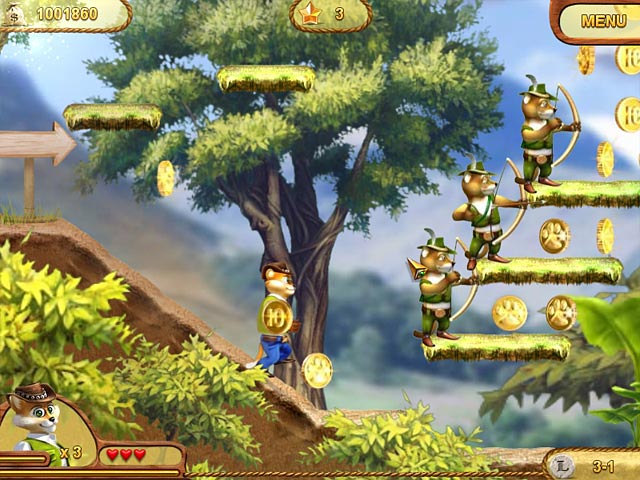

Gordon hits a sinking line drive to left-center field off Bumgarner. Play ends when Crawford catches relay, 11.78. Where Gordon is when Perez kicks the ball. So let's examine that wonderfully bizarre play, step by step, from the perspective and the vantage point of the 10 men in uniform who had a hand, directly or tangentially, in the play. "And that's a high school team, not the San Francisco Giants." What odds were better, Gordon being sent home and scoring on that play, or the masterful Bumgarner giving up a two-out hit to Perez? What if Gordon had run harder to first base - could he have scored? What if Gordon hadn't stumbled rounding second base? A high school baseball team in Kansas City replicated that play 10 times one day in practice in the offseason, "and nine times, they got the runner at the plate," said Gordon. Yet all spring, in Royals camp and in Giants camp, it remained a great debate. "After a while, I stopped them before they even finished the question, and said, 'No, I couldn't have.'" "When I went home after the season, it was the first question that I was asked by everyone I met: 'Do you think you could have scored?'" Gordon said. If the play had ended in a home plate collision between Gordon and Posey, invoking a rule that no one can explain a year after its confusing implementation, they'd still be talking about that play in the year 3015, especially if instant replay had been used to decide the outcome. And Royals third-base coach Mike Jirschele would say four months later, "I wouldn't be wearing this uniform right now."
Alex gordon game 7 triple series#
But if Gordon had been out at the plate by 25 feet and just surrendered to Posey 10 feet up the third-base line, it would have been the worst World Series ending ever. A bang-bang play, out or safe, would have been a finish for all ages. But in 2014, there was, at least for a while, a chance that the World Series would be decided on a play at the plate. Of the 14 Game 7s in the World Series that were decided by one run, the only one that ended with an out being made on the bases was in 1926, when Babe Ruth inexplicably tried to steal second base - and was thrown out - with two outs in the ninth inning with no one else on base against the Cardinals.

And at stake was the Royals' first world championship in 30 years and the Giants' run at destiny.

At shortstop was Brandon Crawford, whose strong, accurate throwing arm is known well by every third-base coach in the National League. On deck was the Royals' Salvador Perez, who had homered off Bumgarner in Game 1, the only run the Giants pitcher allowed in 21 innings of the World Series. Behind the plate was Posey, who in a different way is also unhittable after he, through no fault of his own, helped create a new rule in 2014 regarding collisions at the plate. On the mound was the virtually unhittable Madison Bumgarner, who was one out away from completing perhaps the greatest postseason performance ever by any pitcher. The second-to-last play of the 2014 World Series had so many moving parts, so many storylines, elements and ironies, all wrapped up in a frantic, 12-second run from home to third base by the Kansas City Royals' Alex Gordon with two outs in the bottom of the ninth inning of a one-run game, the seventh of the World Series. Or, as San Francisco Giants catcher Buster Posey said, shaking his head in disbelief, "It could have been the weirdest ending." It could have been the worst ending to any World Series in history. IT COULD HAVE BEEN one of the greatest endings to any World Series in history. The penultimate play: What if Alex Gordon had tried to score?Įditor's note: This story was originally published on March 25.
Alex gordon game 7 triple upgrade#
You have reached a degraded version of because you're using an unsupported version of Internet Explorer.įor a complete experience, please upgrade or use a supported browser


 0 kommentar(er)
0 kommentar(er)
